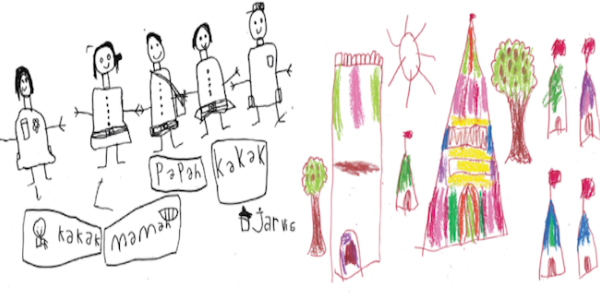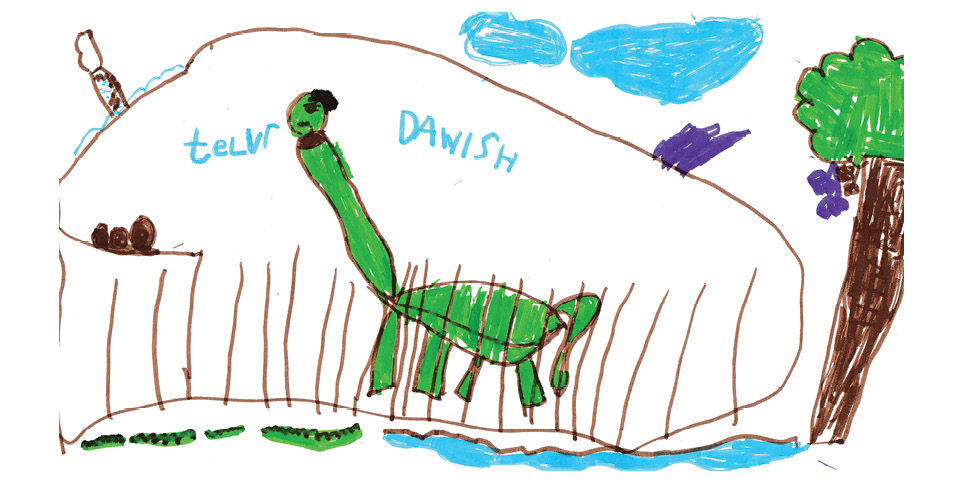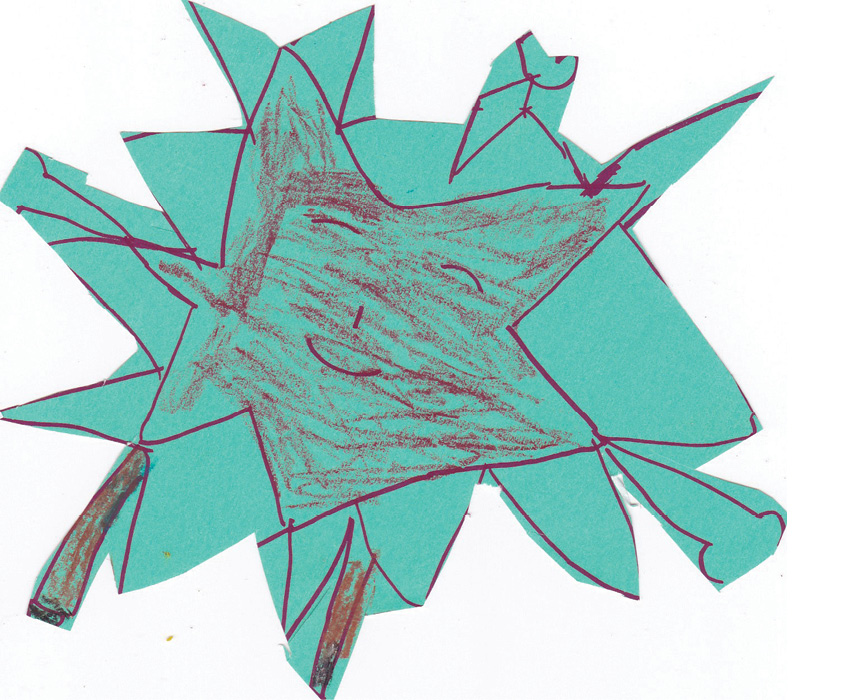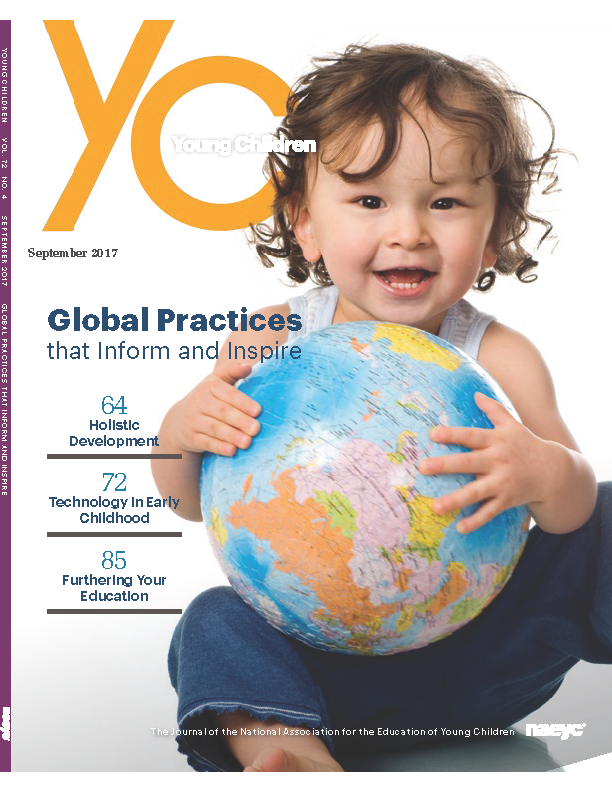Global Practices that Inform and Inspire

Until 2005, family vacations were the main source of my international experience. Then out of the blue, while I was still on the NAEYC staff, my shero Joan Lombardi (whose insightful comments kick off this cluster) asked me to help with a World Bank early childhood project in Indonesia. Honestly, although I was excited to bring my knowledge of best practices to Indonesia, I had to look the country up on a map.
Now, after at least 25 trips to Indonesia, along with work on similar projects in six other low- and middle-income countries, I am continually struck by how much I—and others—can learn from our global colleagues. Through the lens of these experiences, I see promise in even the most unpromising circumstances. I see the innovation and persistence of early childhood practitioners, policy makers, and families, whatever their challenges; and my own framework for early childhood practice has been broadened and deepened. My goal with this cluster is to invite you on a similar journey.
Our first stop begins in the US but with a global twist, as educators working with both American and Australian early childhood programs take the concept of outdoor learning to a new level. In “Outdoor Learning Experiences Connecting Children to Nature: Perspectives from Australia and the United States,” authors Jamie Huff Sisson and Martha Lash describe practices that may push your thinking about what is possible.
In the next part of the journey, Katherine Becker and Sonia Mastrangelo take us to Canada. “Ontario’s Early Learning–Kindergarten Program: A Transformative Early Childhood Education Initiative” describes the large-scale government implementation of an initiative that most US educators only dream of: a publicly funded, two-year, mixed-age, full-day program for 4- and 5-year-olds, with an emphasis on play- and inquiry-based learning, before- and after-school programming, and a team approach to professional learning for teachers and principals.
 Next, the journey moves to Africa and to another practice—one that everyone agrees is essential but difficult. In “Engaging Families and Communities to Support Early Childhood Development: The African Experience,” Mary A. Moran and Pablo Stansbery share insights from their work in several African countries. They uncover rich examples of African programs’ resilience, creativity, and cultural responsiveness in connecting effectively with families and local communities.
Next, the journey moves to Africa and to another practice—one that everyone agrees is essential but difficult. In “Engaging Families and Communities to Support Early Childhood Development: The African Experience,” Mary A. Moran and Pablo Stansbery share insights from their work in several African countries. They uncover rich examples of African programs’ resilience, creativity, and cultural responsiveness in connecting effectively with families and local communities.
Complementing this article, family-focused practices in the African country of Ethiopia are highlighted in “Save the Children’s Emergent Literacy and Mathematics Initiative: Supporting Educators’ and Parents’ Efforts to Improve Young Children’s School Readiness.” Ali Amente, Alene Yenew, Ivelina Borisova, Amy Jo Dowd, Lauren Pisani, Sara Dang, and Katy Anís describe the processes by which both teachers and family members have acquired simple, everyday strategies that are realistic to use in their own environments.
Traveling on to Indonesia, my World Bank colleague Rosfita Roesli and I introduce you to a pilot project that aims to improve access to, and the quality of, early childhood services in low-income, often remote settings. “Connecting the Dots: Learning Communities for Village Teachers in Rural Indonesia” describes four complementary strategies and the lessons we are learning as these are piloted and evaluated.
 The last article in the cluster, “Returning Home from International Experiences: My New Understanding of Developmentally Appropriate Practices,” brings us full circle. Drawing on her efforts to apply international experiences when teaching US college students, Laurie R. Noe sounds a thoughtful note of caution about the pitfalls of trying to import what one observes in diverse countries and cultures to one’s own environment, while remaining positive about the value of a global perspective.
The last article in the cluster, “Returning Home from International Experiences: My New Understanding of Developmentally Appropriate Practices,” brings us full circle. Drawing on her efforts to apply international experiences when teaching US college students, Laurie R. Noe sounds a thoughtful note of caution about the pitfalls of trying to import what one observes in diverse countries and cultures to one’s own environment, while remaining positive about the value of a global perspective.
As you read these engaging articles, please note that each concludes with a box of suggestions headed “From Global to Local Practices.” For example, we ask whether you could make some simple changes in your outdoor space to promote more creative play or whether you might try using social media to connect teachers with others having similar interests. These and other suggestions are intended to prompt reflection and discussion about how the ideas in each article may be relevant to your work.
There has never been a time when global connections were more important for the well-being of all young children, and NAEYC is committed to strengthening those connections. I hope this cluster gives you practical ideas to adapt to your setting, while also deepening your commitment to a collaborative, global perspective on our work together.
We'd love to hear from you!
Send your thoughts on this issue, as well as topics you'd like to read about in future issues of Young Children, to [email protected].
Would you like to see your children's artwork featured in these pages? For guidance on submitting print-quality photos (as well as details on permissions and licensing), see NAEYC.org/publications/forauthors/photoguidelines.
*Selected articles are available for free on Young Children’s website. NAEYC members may read this entire issue of Young Children online in the members only area.
Not a member? For full access to Young Children, join NAEYC! Non-members may also receive Young Children in print by subscribing or purchasing individual issues.
Is your classroom full of children’s artwork?
We would love to feature it in Young Children! See the link at the bottom of the page or email
[email protected] for details.
We thank four young Indonesian children for these artistic slices of life in Indonesia.
Marilou Hyson is Guest Editor of Young Children's September 2017 issue.
